Innovent Renewables Opens New Facility To Tackle ELT Issue In Northern Mexico
- By Gaurav Nandi
- January 13, 2025
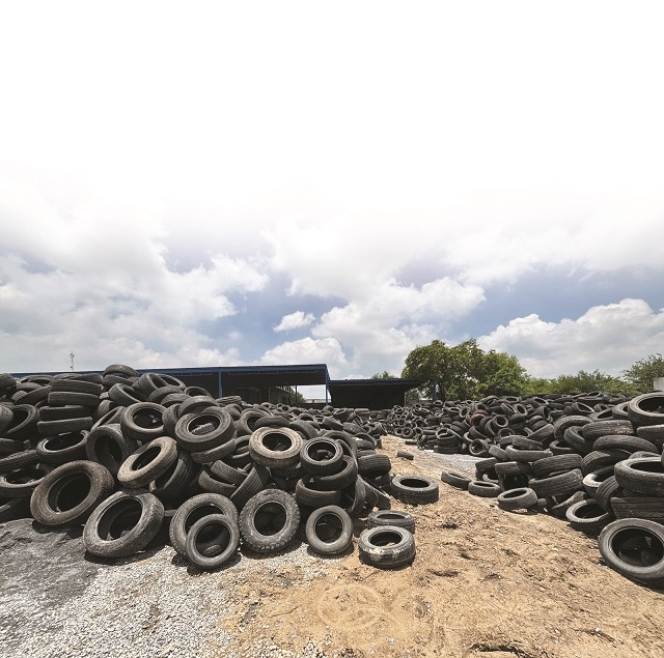
The pilot facility in Monterrey will initially convert 1 million end-of-life passenger tyres to recovered carbon black. Operations are slated to commence by the end of CY2024, while the company also has plans to add a second train in the future to double the capacity.
Northern Mexico has long struggled with the challenge of end-of-life tyre (ELT) disposal. Decades of improper waste management have led to an accumulation of over 20 million waste tyres, many of which are left in municipal dumpsites or landfills. These discarded tyres pose not only an environmental hazard but also a significant public health risk as they can become breeding grounds for mosquitoes and other disease-carrying pests.
Local governments have ramped up efforts to address this crisis, but the scale of the problem requires long-term, systemic solutions. Innovent Renewables’ new facility in Monterrey is poised to play a key role in this effort. The facility will transform waste tyres into valuable resources such as recovered carbon black and will help reduce landfill reliance, cut carbon emissions and provide a sustainable alternative to the traditional methods of carbon black production.
The pilot facility represents a significant milestone for the recycler as it sets out to address the growing environmental challenge of ELTs in the region. Initially slated to process 1 million waste passenger tyres annually, the facility will convert these tyres into high-quality recovered carbon black, oil and steel. With operations scheduled to begin by the end of calendar year 2024, the company is also looking ahead with plans to add a second processing train to double its capacity in the near future. This expansion marks a critical step in tackling the 20 million-plus tyres accumulated in Mexico’s northern areas while offering sustainable solutions for industries seeking to reduce their carbon footprints.
 “This facility represents a vital step forward in addressing the enormous environmental burden posed by tyre waste in northern Mexico. We’re not only reducing waste but converting it into materials that industries can use in a circular and sustainable manner,” said Chief Executive Officer Vibhu Sharma.
“This facility represents a vital step forward in addressing the enormous environmental burden posed by tyre waste in northern Mexico. We’re not only reducing waste but converting it into materials that industries can use in a circular and sustainable manner,” said Chief Executive Officer Vibhu Sharma.
Extracting value
The tyre recycling process based on pyrolysis begins with the shredding of end-of-life tyres, which are then fed into a main reactor where they undergo pyrolysis, a high-temperature process in the absence of oxygen.
This results in the breakdown of tyre material into pyrolysis gases, oil and recovered carbon black. The gases are recycled within the system for energy recovery or flared off, enhancing energy efficiency.
The pyrolysis oil is condensed and purified, followed by distillation into high-value chemicals for industrial applications. Meanwhile, recovered carbon black, a solid by-product, is processed through milling and polishing for reuse in manufacturing. This design demonstrates an energy-efficient method of converting waste tyres into valuable products such as fuel, chemicals and carbon black.
“Firstly, we have a proprietary continuous pyrolysis process that ramps up and cooks the tyres to decompose them in a particular way. We also use specially designed agitator to ensure uniform decomposition to oil and carbon black. This ensures higher surface area and quality of the RCB. We designed a proprietary polishing unit that crushes that RCB coming out of the reactor and then polishes it to remove metal oxides and silica. We have several equipment in place to capture steel particles in the RCB. The final product still has some amount of silica and metal oxides, but the purity and uniformity of the RCB is much higher,” said Sharma.
Addressing demand
As industries worldwide strive to meet decarbonisation goals, the demand for sustainable alternatives to carbon-intensive materials have surged. Recovered carbon black fits squarely into this trend, offering a viable option for companies looking to reduce environmental impact while maintaining performance characteristics.
Innovent Renewables’ order book reflects this growing interest. The company has secured letters-of-intent from several major tyre manufacturers as well as companies in the printing ink, rubber and paint sectors.
“Increasingly, companies are looking for sustainable solutions that allow them to reduce their carbon footprints without sacrificing the quality of the products. Our RCB gives them that opportunity. It’s a win-win for both industry and the environment,” said Sharma.
He added, “We see the Monterrey facility as just the beginning. As we prove the viability of our process and stabilise operations, we’ll be able to scale up production not just here in Mexico but potentially in other regions around the world that are dealing with tyre waste issues. There’s a huge global need for solutions like this.”
Sustainable vision
According to Sharma, the company’s goal is to provide a circular solution for industries that are serious about sustainability. “It’s not just about the recovered carbon black; we’re also helping companies reduce their reliance on virgin oil and steel by offering them high-quality, recycled alternatives. This allows them to achieve carbon credits and decarbonisation targets while contributing to a cleaner environment,” noted Sharma.
While tyres remain the primary focus, the company is already working to expand its applications into other industries by targeting sectors such as rubber gaskets, printing inks and paints to tap into new growth markets.
It is also finding ways to repurpose the other by-products of its pyrolysis process. The oil extracted from the tyres can be used as fuel or as a raw material for various industrial applications, while the recovered steel can be sold back to manufacturers, creating a fully circular model that maximises resource recovery and minimises waste.
“We’re proud to be part of the solution to one of Mexico’s most pressing environmental issues. But this is just the start. Our vision is to become a global leader in the circular economy, providing industries around the world with the materials they need to build a sustainable future,” Sharma concluded.
- Hi-Green Carbon
- ISCC EU Certification
- Sustainability
- Supply Chain Integrity
- Recovered Carbon Black
- Tyre Pyrolysis Oil
Hi-Green Carbon Secures ISCC EU Certification
- By TT News
- December 13, 2025
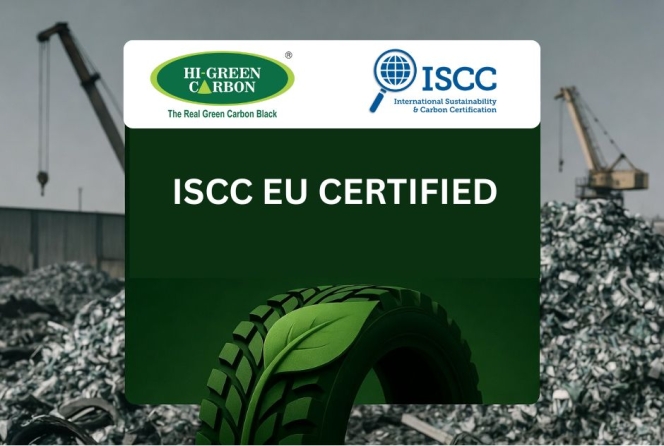
Hi-Green Carbon Limited has achieved a significant milestone in its sustainability operations by securing the prestigious ISCC EU Certification. This globally recognised endorsement highlights the company's adherence to rigorous international standards for environmental responsibility and supply chain integrity.
The certification verifies full compliance across the entire production process, from sourcing to delivery, emphasising traceability and operational transparency. It specifically validates the sustainable production of the company's key outputs, including recovered carbon black (rCB) and tyre pyrolysis oil (TPO). This accomplishment underscores Hi-Green Carbon’s commitment to circular economy principles and positions it as a leader in the production of sustainable industrial materials.
The company statement read: “This milestone not only strengthens our sustainability commitment but also deepens our collaboration with you, our valued clients and partners. With ISCC-certified products, you can have greater confidence in the environmental integrity and long-term sustainability of your supply chain, supporting your own green initiatives and carbon-reduction goals. We extend our sincere gratitude to our clients, partners, and team members for their consistent support and trust. Together, we are driving positive change and contributing to a cleaner, greener, and more circular future.”
Bekaert Launches inhera Sustainability Label For Low-Carbon Industrial Solutions
- By TT News
- December 12, 2025
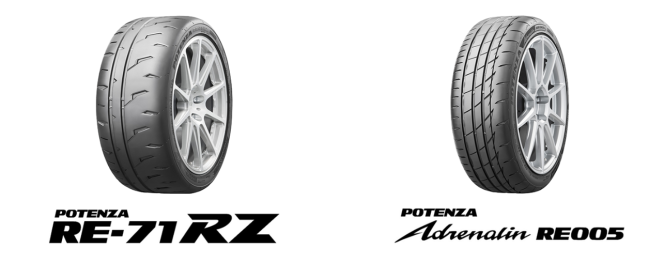
Bekaert has launched a sustainability label, inhera, to identify its top-performing solutions designed to help customers accelerate progress towards net-zero targets. The label is applied to products that meet defined criteria, including alignment with the EU Taxonomy Regulation, carbon-emission reduction, improved resource efficiency and support for circularity. Eight solutions currently carry the label.
The company said the initiative responds to rising expectations for transparency and credible sustainability claims. It presents inhera as a means of offering clearer information on the impact of its solutions across sectors including construction, automotive and energy.
The name reflects Bekaert’s stated commitment to integrating sustainability across its operations. Ann-Françoise Versele, Vice-President Sustainability, said: “Sustainability is inherent in everything we do at Bekaert. Through our products and processes, we aim to leave a legacy of sustainability for future generations. Our partners who choose inhera solutions are choosing to accelerate sustainability and create real impact.”
The eight labelled solutions include Ampact copper magnet wire for high-voltage electric-motor stators, which the company says delivers a 10 per cent reduction in direct CO₂ emissions. Flexisteel hoist ropes for elevators are designed to cut daily energy use by up to 36 per cent compared with traditional steel ropes.
Elyta Ultra and Mega Tensile tyre reinforcements provide up to 16 per cent CO₂ savings per tyre and support circular reuse. High-tensile steel cores for overhead power lines reduce steel consumption by more than 30 per cent.
Bezinal Vineyard Plus coatings, made with low-carbon raw materials, deliver more than 50 per cent CO₂ reduction and 14 percent lower life-cycle greenhouse gas emissions. Bezinox non-magnetic armouring wire for submarine power cables is engineered to extend cable life and reduce operating temperatures.
Next-generation hose-wire reinforcement uses 28 per cent less wire and 5 per cent less rubber per hose, resulting in up to 70 percent lower CO₂ emissions, while subsea cable armouring wire made from at least 70 per cent recycled steel offers more than 50 per cent CO₂ savings and is fully recyclable at end-of-life.
Bekaert said additional products will be added to the inhera label as further innovations are developed.
Japan–Indonesia Research Effort Reports Progress On Tackling Rubber Tree Leaf Fall Disease
- By TT News
- December 11, 2025
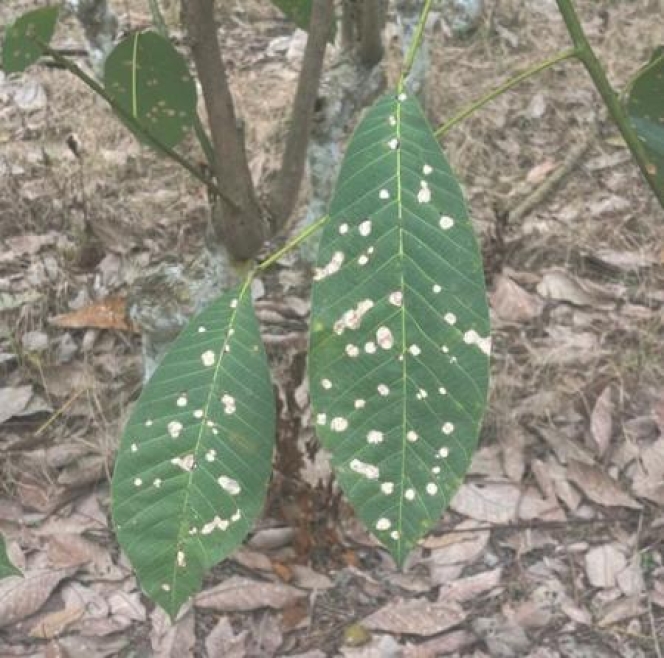
Yokohama Rubber has reported new findings from an international research programme aimed at combating leaf fall disease, a fungal infection that has disrupted natural rubber production in Indonesia, the world’s second-largest supplier.
The results were presented on 9 December at the fifth Joint Coordinating Committee Meeting held at Universitas Indonesia. The initiative, formally titled “Development of Complex Technologies for Prevention and Control of Rubber Tree Leaf Fall Diseases”, forms part of the Science and Technology Research Partnership for Sustainable Development, a scheme run by the Japan Science and Technology Agency and the Japan International Cooperation Agency with support from Japan’s foreign and education ministries.
The project brings together Japanese industry, government and academic institutions, including the national research agency RIKEN, with Indonesian partners. Its objective is to maintain output from smallholders, who account for more than 90 per cent of Indonesia’s natural rubber production. The programme is pursuing several approaches: pesticide-based disease control; the development of disease-resistant clones; and early detection using satellite and drone imagery.
Yokohama Rubber, which uses natural rubber as a principal raw material for tyres, has been involved since the project’s launch in 2020. The company began assessing pesticide effects on rubber quality in 2024, following a screening process. Field tests on large plantations have shown that correctly applied pesticides do not impair the properties of raw or vulcanised rubber. Yokohama Rubber is now contributing to research on how such treatments may affect smallholders.
The group said its “Procurement Policy for Sustainable Natural Rubber” incorporates support for participants across the supply chain, including small-scale farmers. It expects its role in the project to aid the sustainable production of natural rubber and help stabilise smallholder incomes. Yokohama Rubber is also an official partner in a separate SATREPS initiative on using rubber seeds to develop environmentally focused products intended to mitigate global warming and plastic pollution.
Under its sustainability theme, “Caring for the Future”, the company has emphasised links between its commercial activities and broader environmental and social objectives.
Australia Issues National Crumb Rubber Asphalt Standard For Local Roads
- By TT News
- December 05, 2025
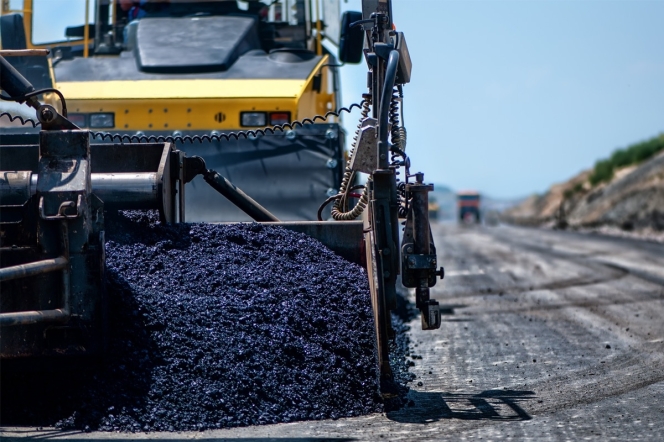
Australia has released its first national specification for the use of crumb rubber asphalt on local roads, a move intended to give councils clearer guidance on designing and maintaining light-to-medium-duty networks and to strengthen domestic recycling demand for end-of-life tyres.
The Crumb Rubber Modified Dense Graded Asphalt (CRM DGA) Model Specification for light to medium duty roads was published by the Australian Flexible Pavement Association (AsPA) following collaboration with Tyre Stewardship Australia. The document offers standardised technical requirements for councils, which manage about 75 percent of the national road network — roughly 675,000km of streets and community-level infrastructure.
Existing asphalt standards were largely developed for higher-order state roads, leaving local governments to interpret specifications that did not reflect lower traffic loads or the environmental conditions typical of suburban and regional networks. The new model specification aims to close that gap by setting guidance aligned with the factors that most influence degradation on council roads, such as surface ageing and weather exposure.
The specification promotes the use of crumb rubber modified binders, which can extend pavement life under light-to-medium-duty conditions. Incorporating recycled rubber also aligns with broader circular-economy policies across Australia’s states and municipalities, which are seeking to reduce landfill and illegal dumping while supporting domestic tyre-recycling capacity.
AfPA said the CRM DGA Model Specification V1.0, dated October 2025, is publicly available. It includes requirements for mix design and materials, construction processes such as compaction and temperature control, and performance testing suited to council networks. It also offers practical guidance on integrating reclaimed asphalt pavement content.
Local governments seeking case studies and procurement tools on crumb rubber applications can access Tyre Stewardship Australia’s Crumb Rubber Resource Centre for further technical and project information.


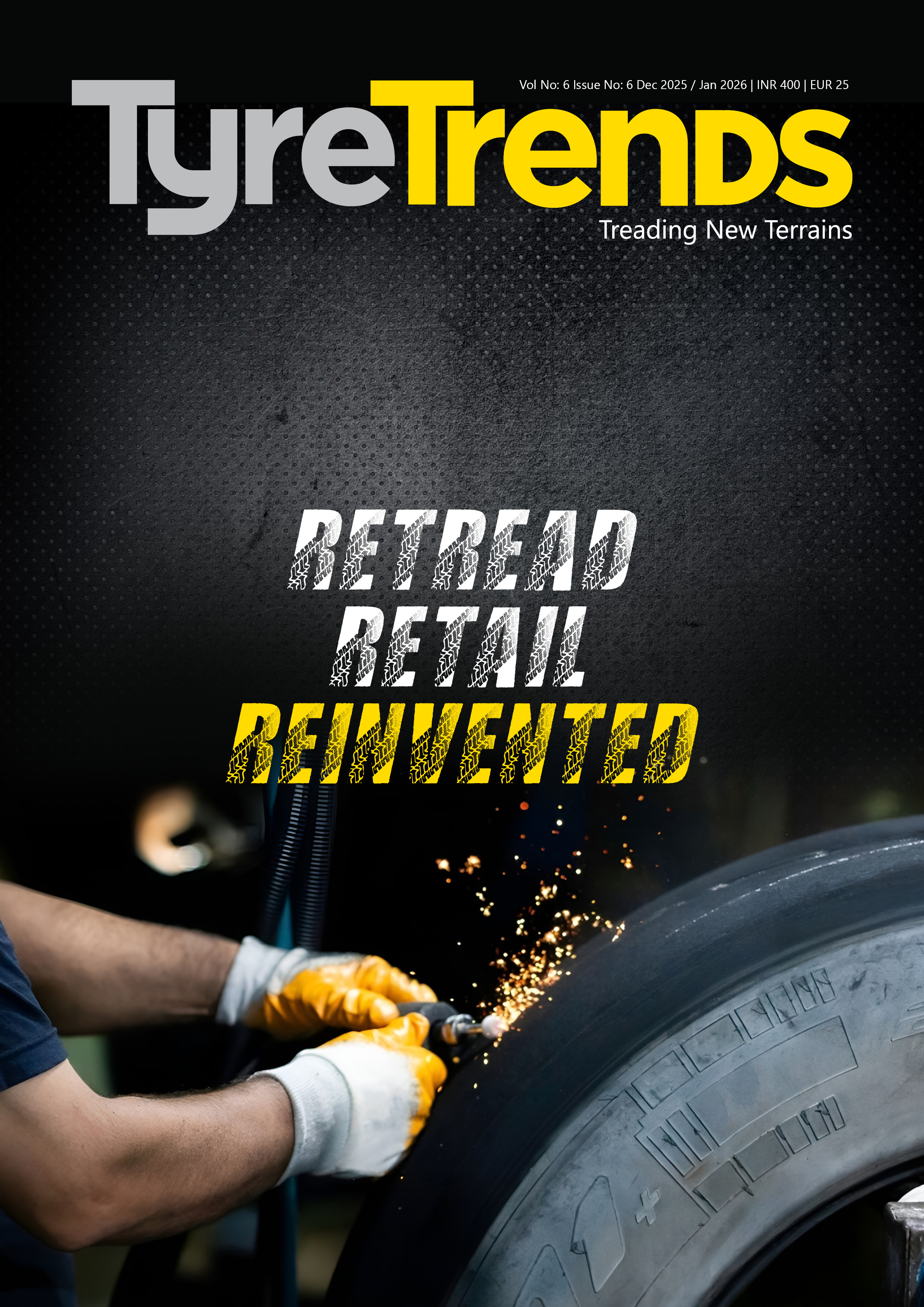


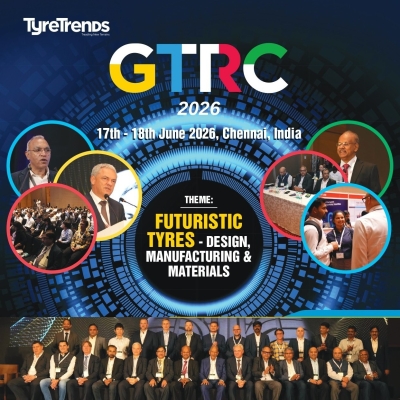
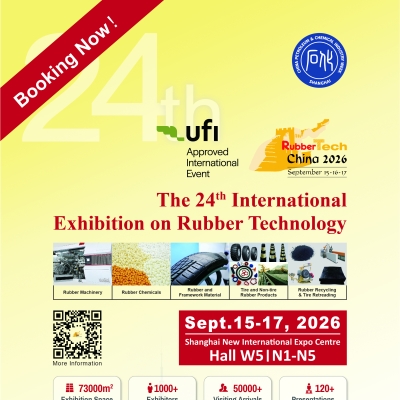
Comments (0)
ADD COMMENT